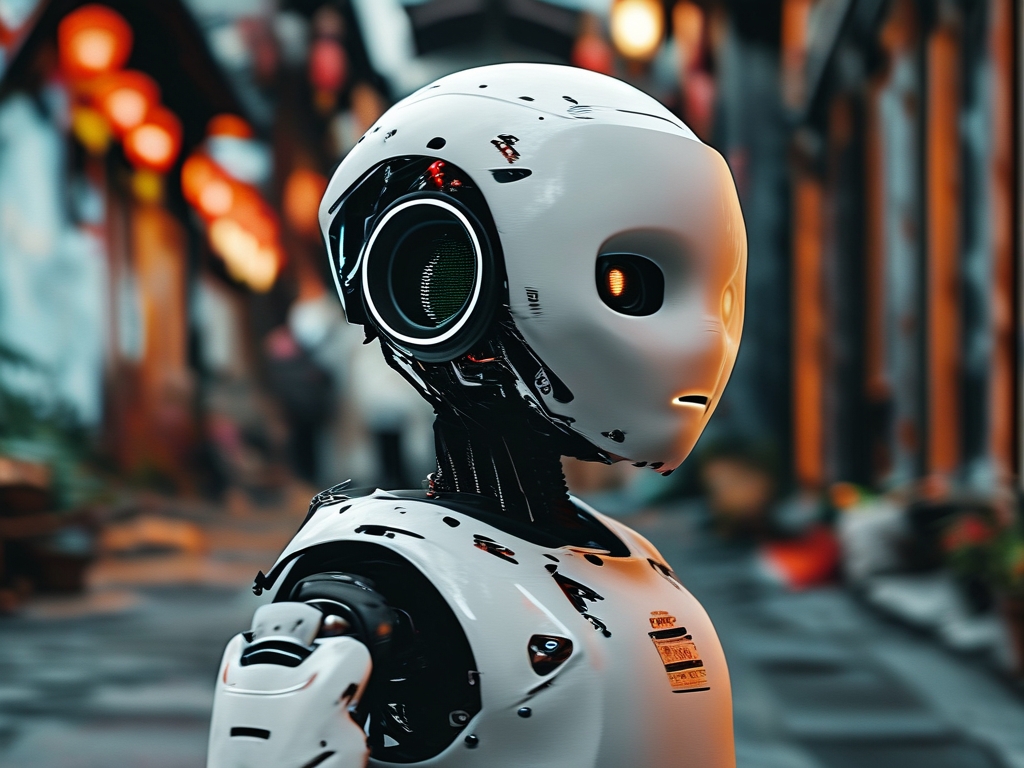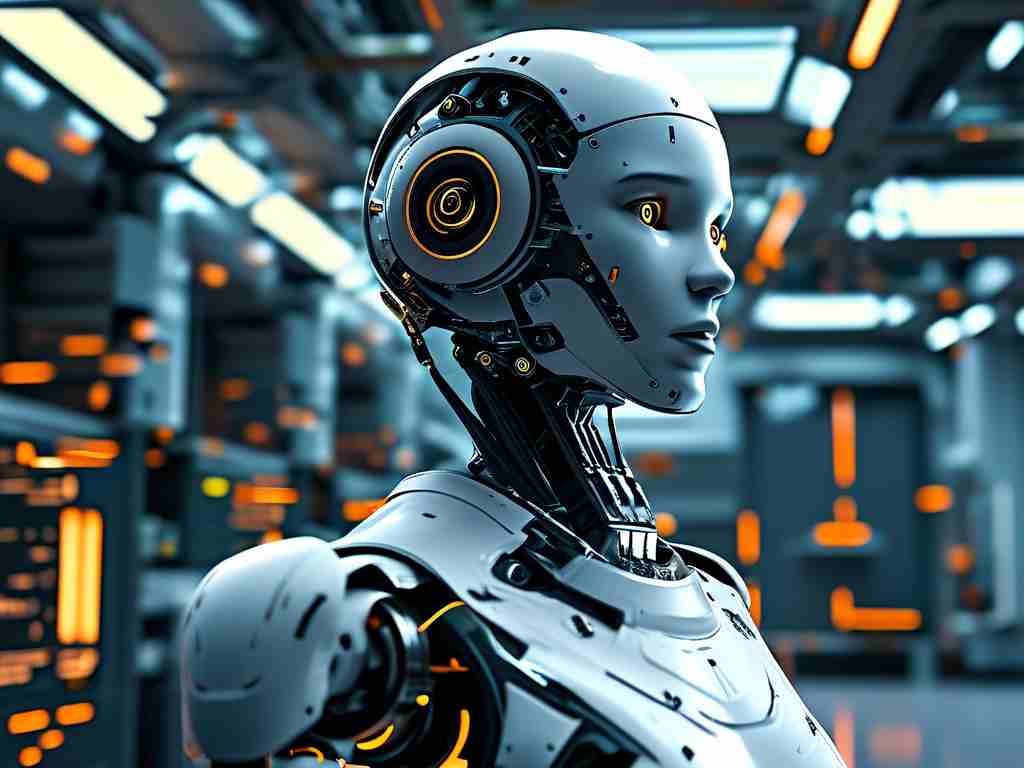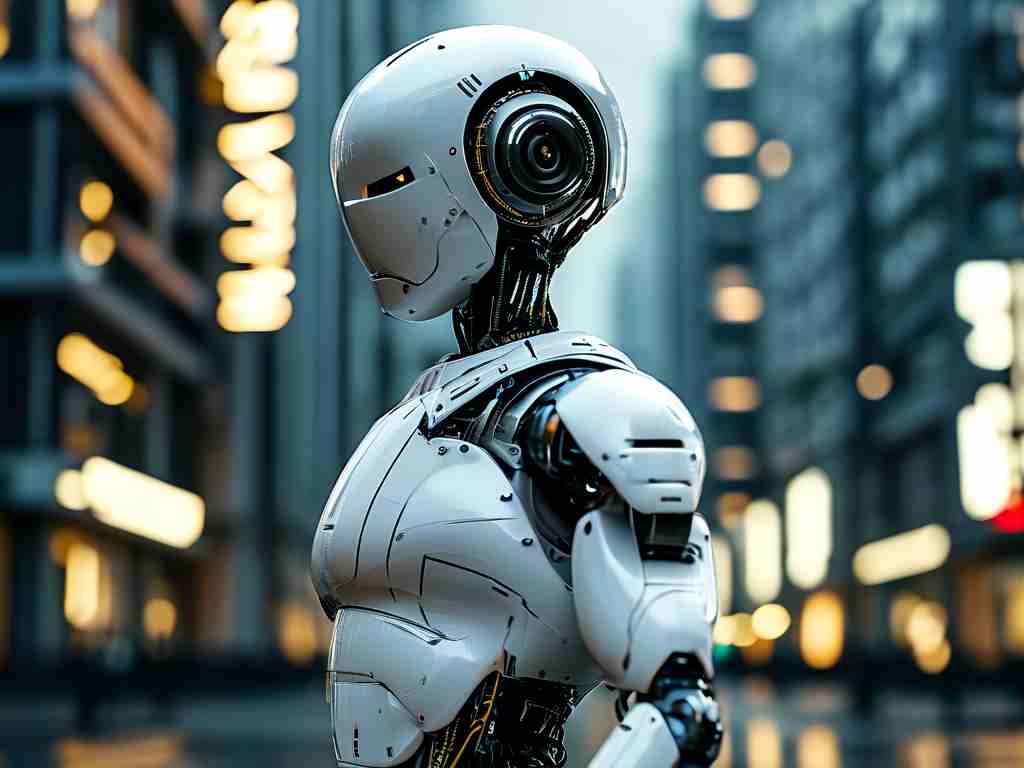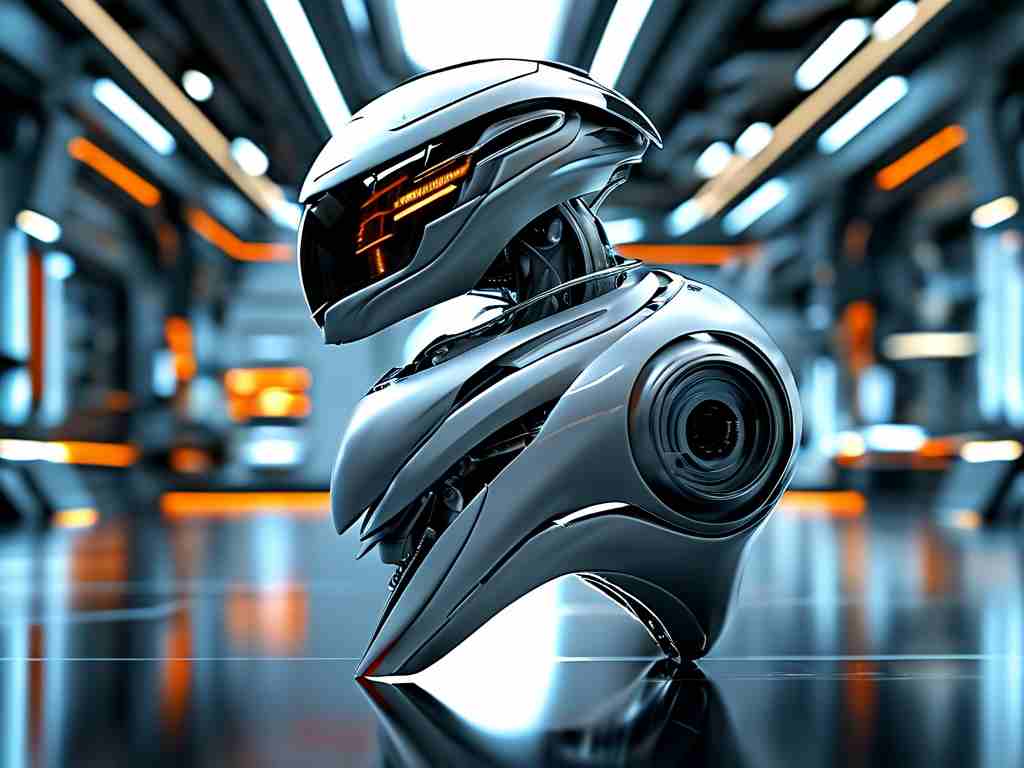The emergence of emotionally interactive robots, commonly referred to as "emo robots," marks a groundbreaking shift in human-machine collaboration. These advanced systems combine multiple technical domains to recognize, process, and simulate emotional responses. Below, we delve into the key technologies powering these sophisticated machines.

1. Emotional Recognition Systems
At the heart of emo robots lies multimodal emotion detection. Computer vision algorithms analyze facial micro-expressions through high-resolution cameras, while convolutional neural networks (CNNs) classify emotions in real time. For instance, a slight eyebrow twitch or lip curvature variation triggers specific emotion labels. Simultaneously, voice analysis modules process speech patterns using Mel-frequency cepstral coefficients (MFCCs) to detect pitch fluctuations and vocal tremors. Hybrid sensor arrays – including infrared proximity detectors and capacitive touch sensors – further enhance contextual awareness by monitoring user proximity and physical interactions.
2. Cognitive Processing Engines
Emo robots employ transformer-based language models fine-tuned on psychological datasets to interpret emotional context. These models cross-reference verbal inputs with situational data – a user saying "I'm fine" while sensors detect rapid heartbeat patterns might trigger a "concerned" response. Reinforcement learning frameworks allow gradual adaptation to individual personalities; for example, robots interacting with children develop more playful response strategies over time.
3. Responsive Behavior Generation
Dynamic emotional expression requires precise actuator coordination. Stepper motors control facial servo mechanisms to replicate nuanced human expressions, with some prototypes containing over 60 independent facial movement points. Haptic feedback systems enable physical responses – a robot might offer a gentle patting motion when detecting sadness. Natural language generation (NLG) systems combine template-based responses with generative AI to produce context-aware dialogues, avoiding repetitive outputs.
4. Ethical Safeguards and Privacy
To address data sensitivity, emo robots implement on-device processing for emotional data through embedded Tensor Processing Units (TPUs). Differential privacy techniques anonymize stored interaction records, while blockchain-based consent management systems let users control data usage. A notable case involves RoboTech's EM-3 model, which deletes voice analysis buffers every 72 hours unless explicitly permitted.
Technical Challenges
Current limitations include cross-cultural emotion misinterpretation – a smile might indicate embarrassment in some contexts. Hardware constraints also affect responsiveness; achieving sub-200ms reaction times requires optimized model quantization. Researchers are exploring neuromorphic chips that mimic human neural processing to address latency issues.
Future Trajectories
Next-gen prototypes aim to integrate biopotential sensing for physiological emotion detection, analyzing EEG-like signals through non-invasive headbands. Cloud-edge hybrid architectures promise enhanced processing capabilities without compromising response speed. Industry reports suggest a 40% annual growth in emo robot patents, particularly in healthcare and education applications.
The convergence of these technologies doesn't merely create machines that "understand" emotions – it pioneers a new paradigm where artificial systems actively participate in human emotional ecosystems. As development accelerates, the focus remains on maintaining technological sophistication while preserving authentic human-machine connections.









